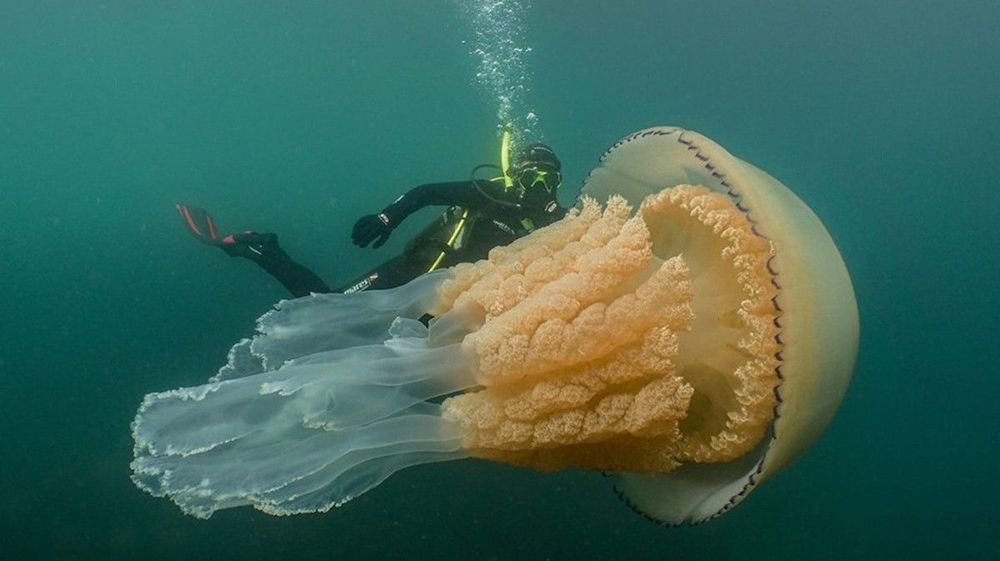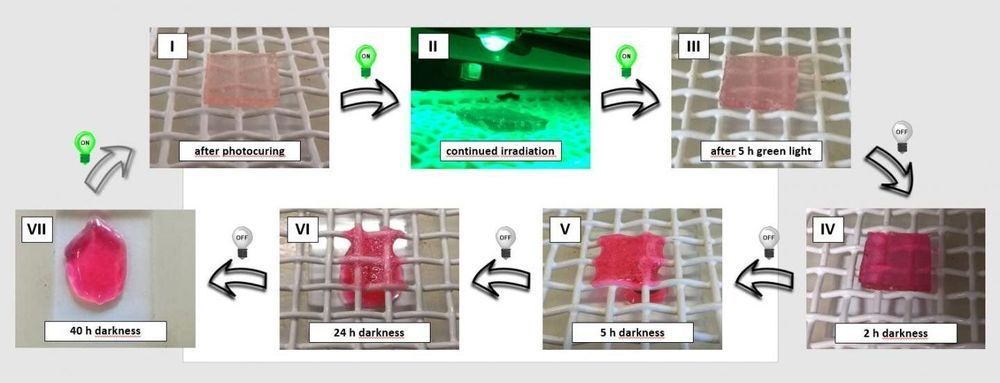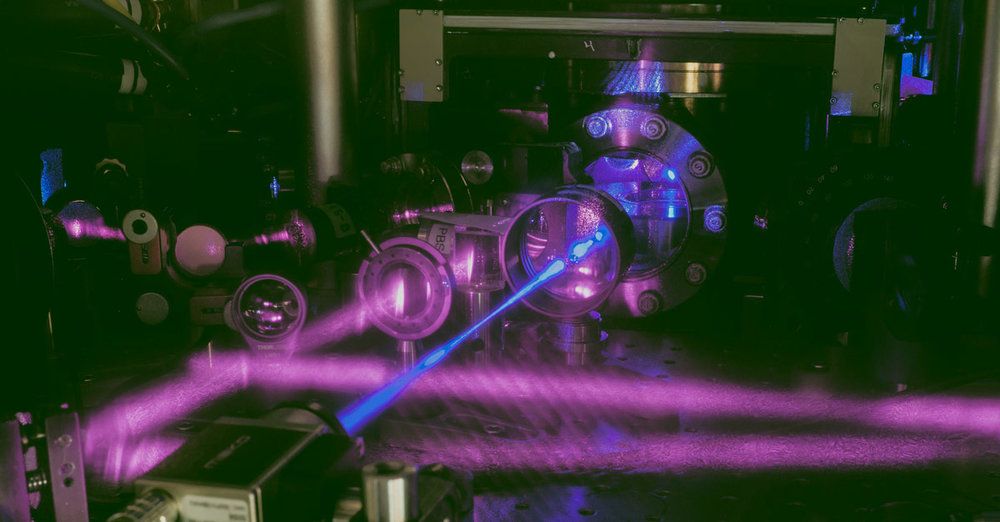Next stop: a cleaner future.
📕
Next stop: a cleaner future.
📕
A natural solution to food waste.
815 million people go hungry every day.
A coral coalition.
📕
U.S. Army game-theory research using artificial intelligence may help treat cancer and other diseases, improve cybersecurity, deploy Soldiers and assets more efficiently and even win a poker game.
New research, published in Science, and conducted by scientists at Carnegie Mellon University, developed an artificial intelligence program called Pluribus that defeated leading professionals in six-player no-limit Texas hold’em poker.
The Army and National Science Foundation funded the mathematics modeling portion of the research, while funding from Facebook was specific to the poker.
Leading telomere researcher Maria Blasco press conference at the Ending Age-Related Diseases conference, New York, NY, July 12, 2019.


Developing synthetic materials that are as dynamic as those found in nature, with reversibly changing properties and which could be used in manufacturing, recycling and other applications, is a strong focus for scientists.
In a world-first, researchers from Queensland University of Technology (QUT), Ghent University (UGent) and Karlsruhe Institute of Technology (KIT) have pioneered a novel, dynamic, reprogrammable material—by using green LED light and, remarkably, darkness as the switches to change the material’s polymer structure, and using only two inexpensive chemical compounds. One of these compounds, naphthalene, is well known as an ingredient in moth repellents.
The new dynamic material could potentially be used as a 3D printing ink to print temporary, easy-to-remove support scaffolds. This would overcome one of the current limitations of the 3D process to print free-hanging structures.

Atom Computing is building quantum computers using individually controlled atoms.
Ben has shown that neutral atoms could be more scalable, and could build a stable solution to create and maintain controlled quantum states. He used his expertise to lead efforts at Intel on their 10nm semiconductor chip, and then to lead research and development of the first cloud-accessible quantum computer at Rigetti.

Ferrofluids, with their mesmeric display of shape-shifting spikes, are a favorite exhibit in science shows. These eye-catching examples of magnetic fields in action could become even more dramatic through computational work that captures their motion.
A KAUST research team has now developed a computer model of ferrofluid motion that could be used to design even grander ferrofluid displays. The work is a stepping stone to using simulation to inform the use of ferrofluids in broad range of practical applications, such as medicine, acoustics, radar-absorbing materials and nanoelectronics.
Ferrofluids were developed by NASA in the 1960s as a way to pump fuels in low gravity. They comprise nanoscale magnetic particles of iron-laden compounds suspended in a liquid. In the absence of a magnetic field, ferrofluids possess a perfectly smooth surface. But when a magnet is brought close to the ferrofluid, the particles rapidly align with the magnetic field, forming the characteristic spiky appearance. If a magnetic object is placed in the ferrofluid, the spikes will even climb the object before cascading back down.